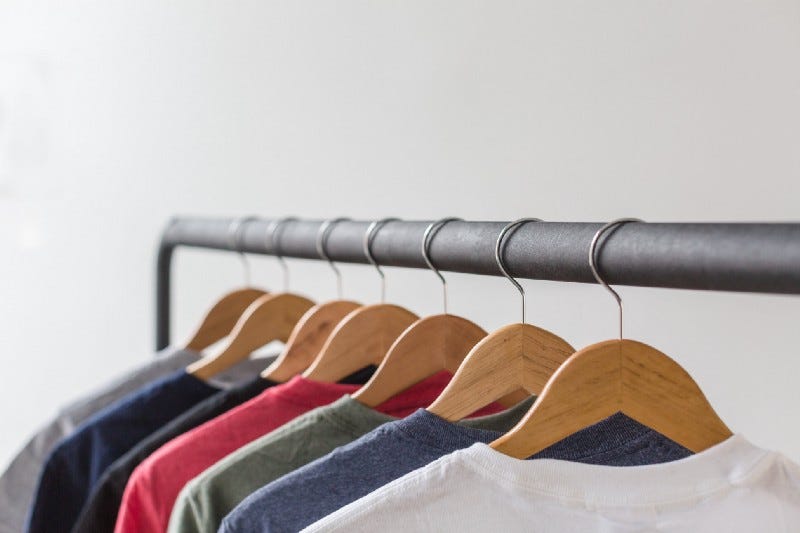This chart shocked me:
I’ve been seeing headlines about how Amazon has been making headway into apparel e-commerce sales, but assumed that it was for basics like white socks and undershirts where men might value convenience over choice. Amazon seemed perfectly suited for those needs, not for trendy fashion items that require curation and styling. This seemed far out from Amazon’s core competency and the aesthetic of its site and app.
This chart shows how off I was. In fact, Amazon is now the largest e-commerce apparel retailer for millennials. They are going to Amazon for all types of apparel and fashion, spending more than 2x there versus at the next most popular online retailer.
Despite previous setbacks in this sector, it seems like Amazon has figured out how to make it work. I’m not sure if it is higher quality photos, the promise of free 2 day shipping, or free returns but consumers love it.
Interestingly, Amazon has developed 8 private label brands tailored for specific customer segments and needs from womens’ cocktail dresses under Lark & Ro to kids clothing under Scout & Ro to Goodthreads for men’s casual wear. There are also rumors that Amazon is imminently planning to launch an athleisure line as well to take advantage of this growing segment within apparel.
This push is really working. As Slice Intelligence’s data also shows, Amazon’s private label sales grew 25% year on year, more than double the e-commerce apparel growth rate for the industry overall. While Amazon’s overall private label sales are small compared to Macy’s and Nordstrom’s, some of Amazon’s brands have been around for less than a year. Given the traction these brands have been seeing, they have the potential to be a real growth and profit driver for Amazon in the future, especially as e-commerce sales continue to gain share of the overall apparel and accessories market.
With the ability to leverage consumer search queries on their site, Amazon can continue to leverage this information to focus on the most popular products for its private label offering. At the same time, this information is not nearly as rich as the data StitchFix has on its customers. StitchFix knows the most popular items, what styles their customers would like to see, and what fit issues their customers face with existing brands, all of which they can use to create private label products that match perfectly with the needs of their consumers. They then quickly collect feedback on their own products, which they can analyze by consumer age, style preferences, and body types to refine the private label offering further.
Surprisingly, StitchFix also broke the top 10 list on the chart above despite lower brand awareness by using its data advantage. It will be interesting to watch Amazon and Stitch Fix continue to gain share especially as online sales of clothing and accessories go from almost 25% in 2017 to 40% in 2022 according to Cowen & Company.





